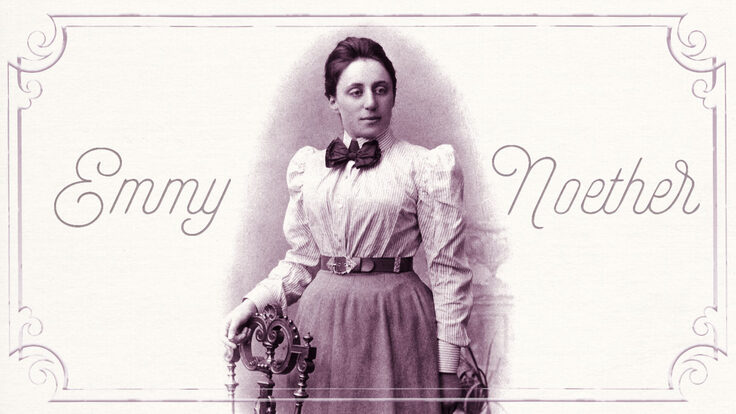Already celebrated for bringing the world news of the Higgs boson, the Large Hadron Collider is only beginning its long journey of discoveries. Yet scientists are already planning the next big machine, the International Linear Collider, to study the LHC’s discoveries in more detail.
So what’s the difference between the LHC and the proposed ILC? Why do we need both?
For one thing, the ILC would accelerate particles along a straight line some 30 kilometers long while the LHC accelerates them along a circular path 27 kilometers in circumference. But that just skims the surface of their differences.
The two types of machine provide very different types of information because they collide different kinds of particles. The LHC collides protons, which themselves are made up of quarks and gluons. The ILC, in contrast, would collide electrons and positrons, point-like particles that have no known internal structure. Proton collisions are messy, allowing scientists to discover new particles and new processes, while linear-collider experiments are cleaner, allow scientists to explore these new particles and new processes without the complicated debris present at the LHC.
Not clear? Maybe this image helps. The protons in the LHC aren’t just single particles; they are each made of a list of ingredients (up quarks, a down quark and gluons). Think of them as cherry pies, which are made up of eggs, flour, sugar, butter and, of course, cherries. When you smash two pies into each other you end up with a lot of fascinating goo. However, you can imagine how many times you would have to smash two pies into each other before you get precisely the same goo as in your first collisions, or before you see a collision where the two stray cherry pits in each pie collided—many, many times. That’s why the LHC produces the mind-boggling number of collisions that it does.
Once you have seen the many interesting things your cherry pie smash-ups can produce, you’ll want to look at the most interesting of these interactions in more detail. So ideally you just want to collide just two ingredients—say, two cherry pits—with each other. That’s exactly what a linear collider does: Tiny pit smashes into tiny pit. This is still complicated, but there’s no butter splattered on the walls of your accelerator.
So while colliding pies offers a broad view that can reveal new particles and new processes, colliding the pits reveals specific properties and detailed information that might not be clear in messier whole-pie data. The two types of collider rely on each other.
This is the analogy that Hitoshi Murayama, deputy director of the Linear Collider Collaboration, offered in English during a recent bilingual Linear Collider press conference. When he translated his description into Japanese, the cherry pies morphed into daifuku bean cakes, a sweet much more common in Japan than cherry pies. In either language the process works the same. Two daifuku bean cakes colliding go “smash splatter squelch,” while two red beans colliding make a much cleaner “pling pling.”
It’s not quite that simple of course. There are many nuances to why colliding whole cherry pies at the LHC makes that type of machine great at discovering new particles and new physics—the pits within the pies, for example, can be brought to higher energy than can be reached by accelerating just the pits alone. Likewise, using just two simple ingredients at a linear machine like the ILC simplifies the post-collision math to such an extent that scientists can deduce with great precision the energy, momentum and trajectory of each particle produced in a collision.
But the analogy gets the idea across, in both English and Japanese: If you mix both types of collider together, you’ll bake yourself the potential to reveal particles and processes never before seen.







